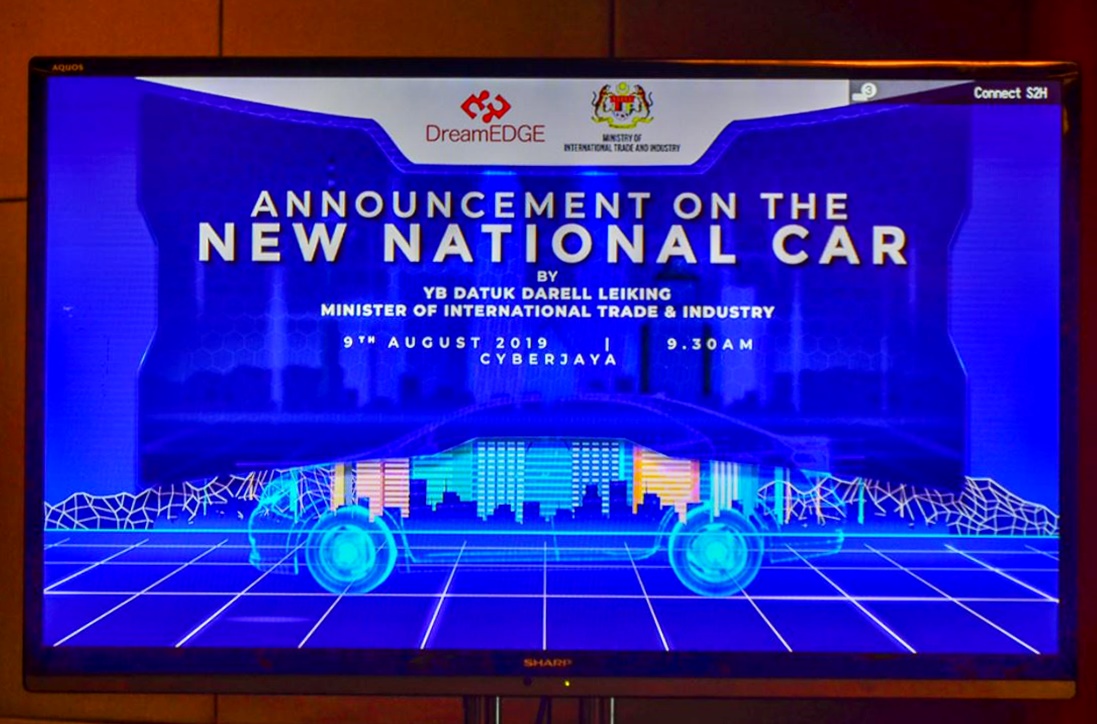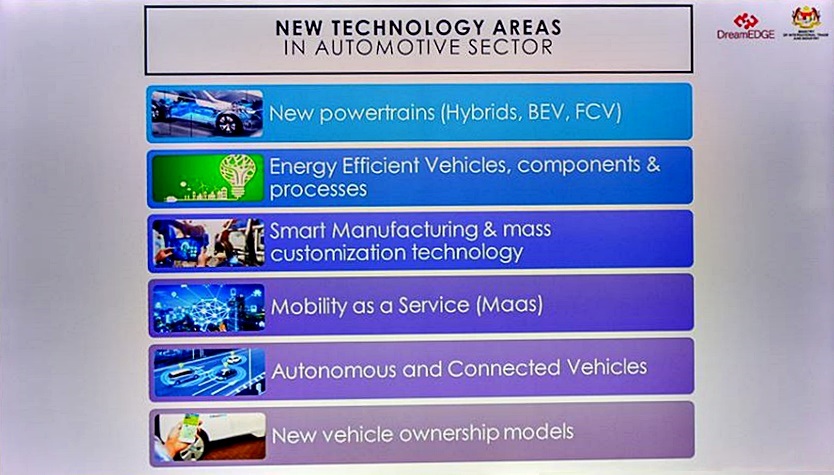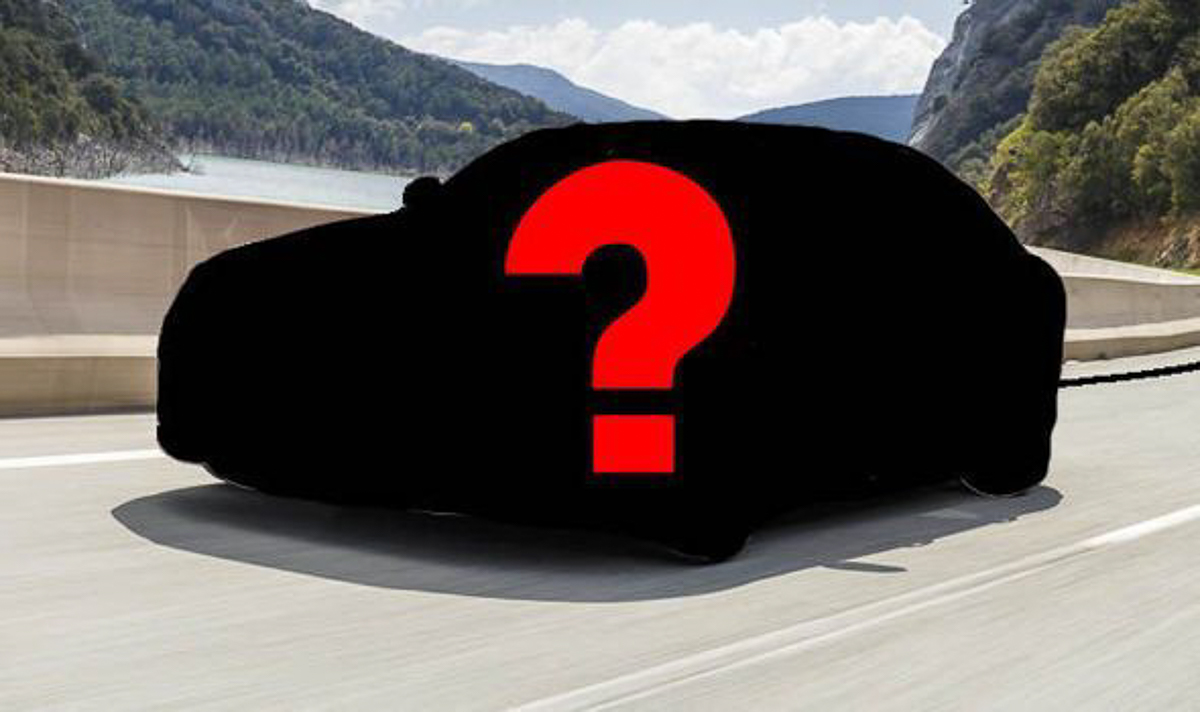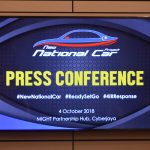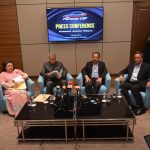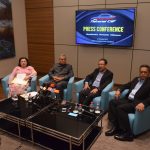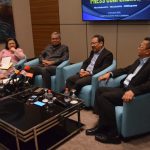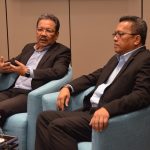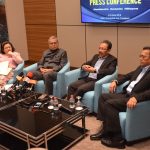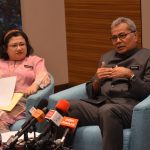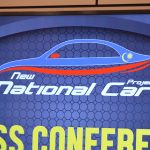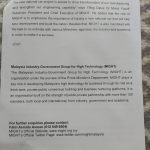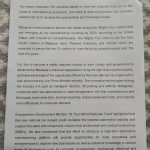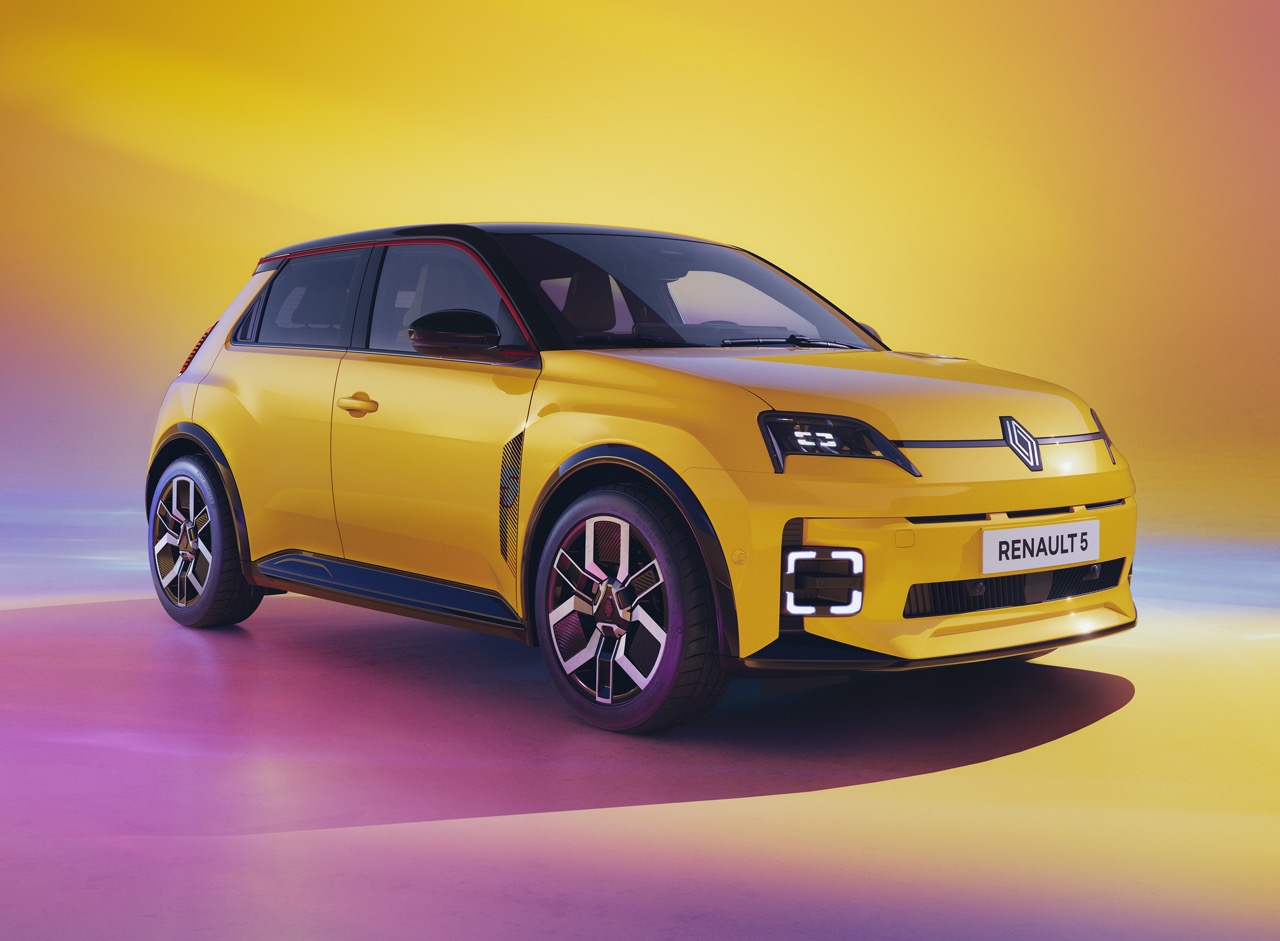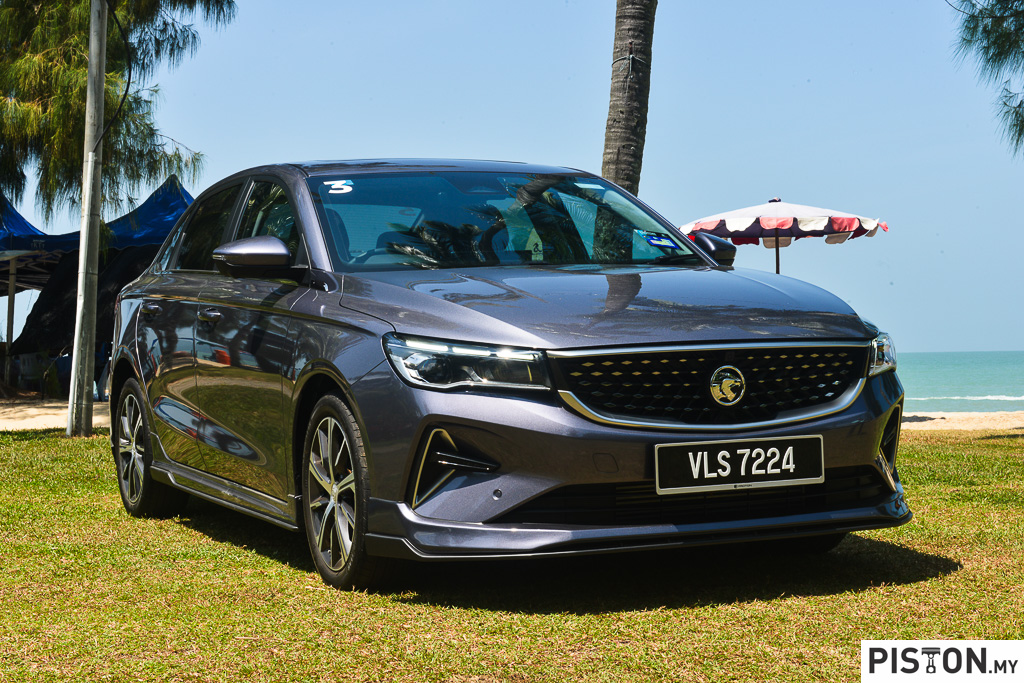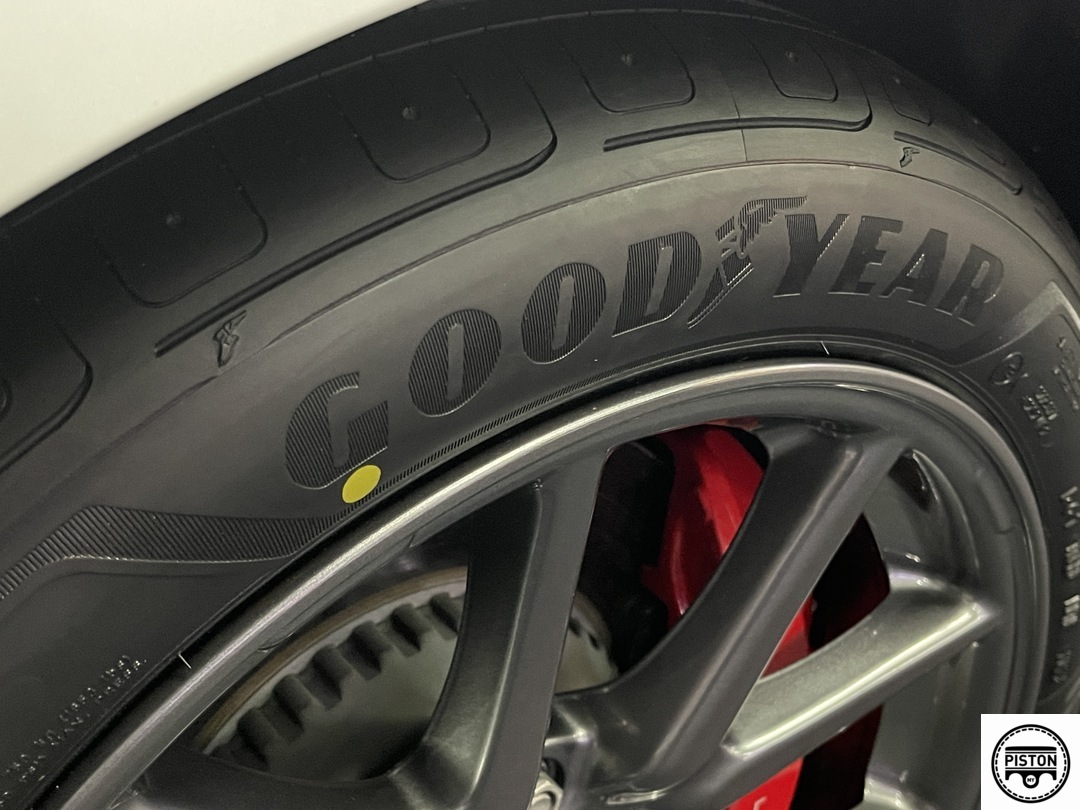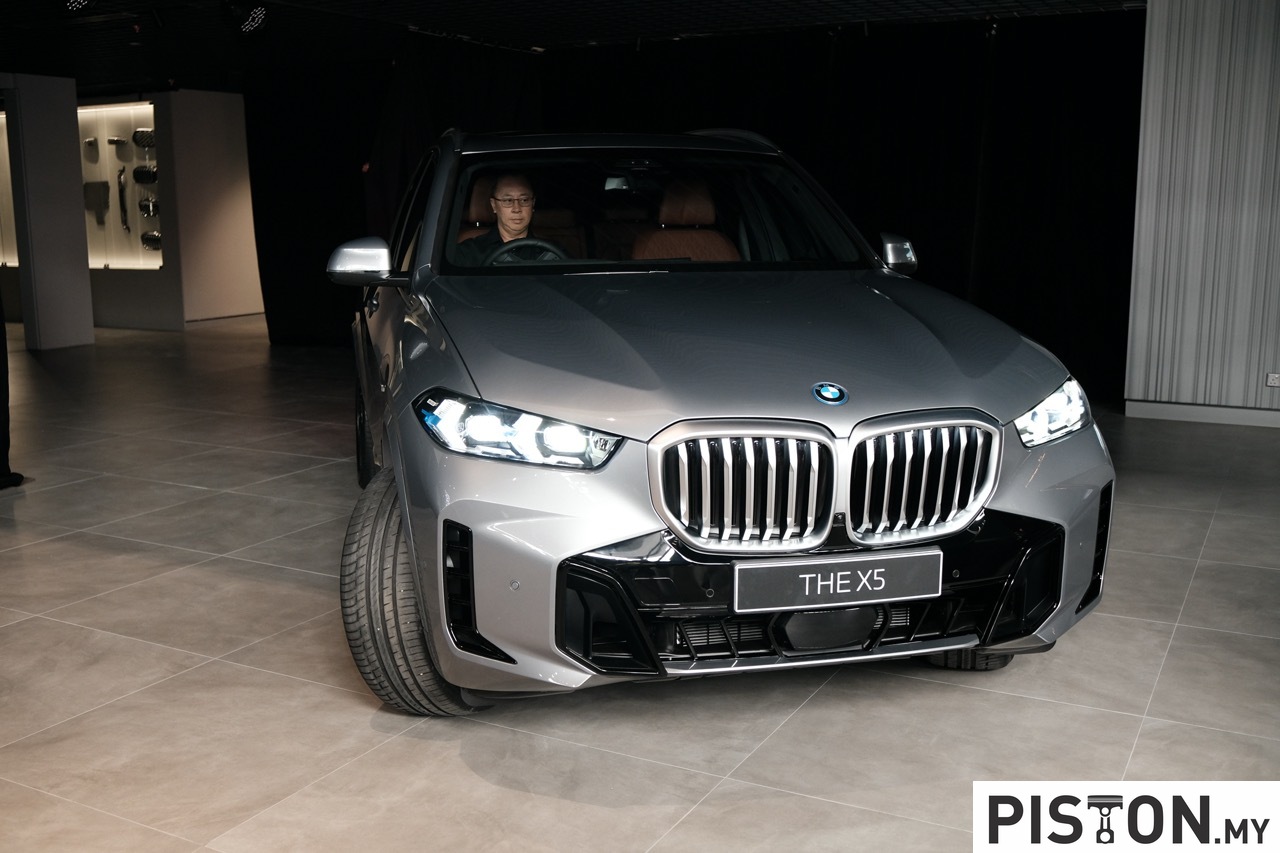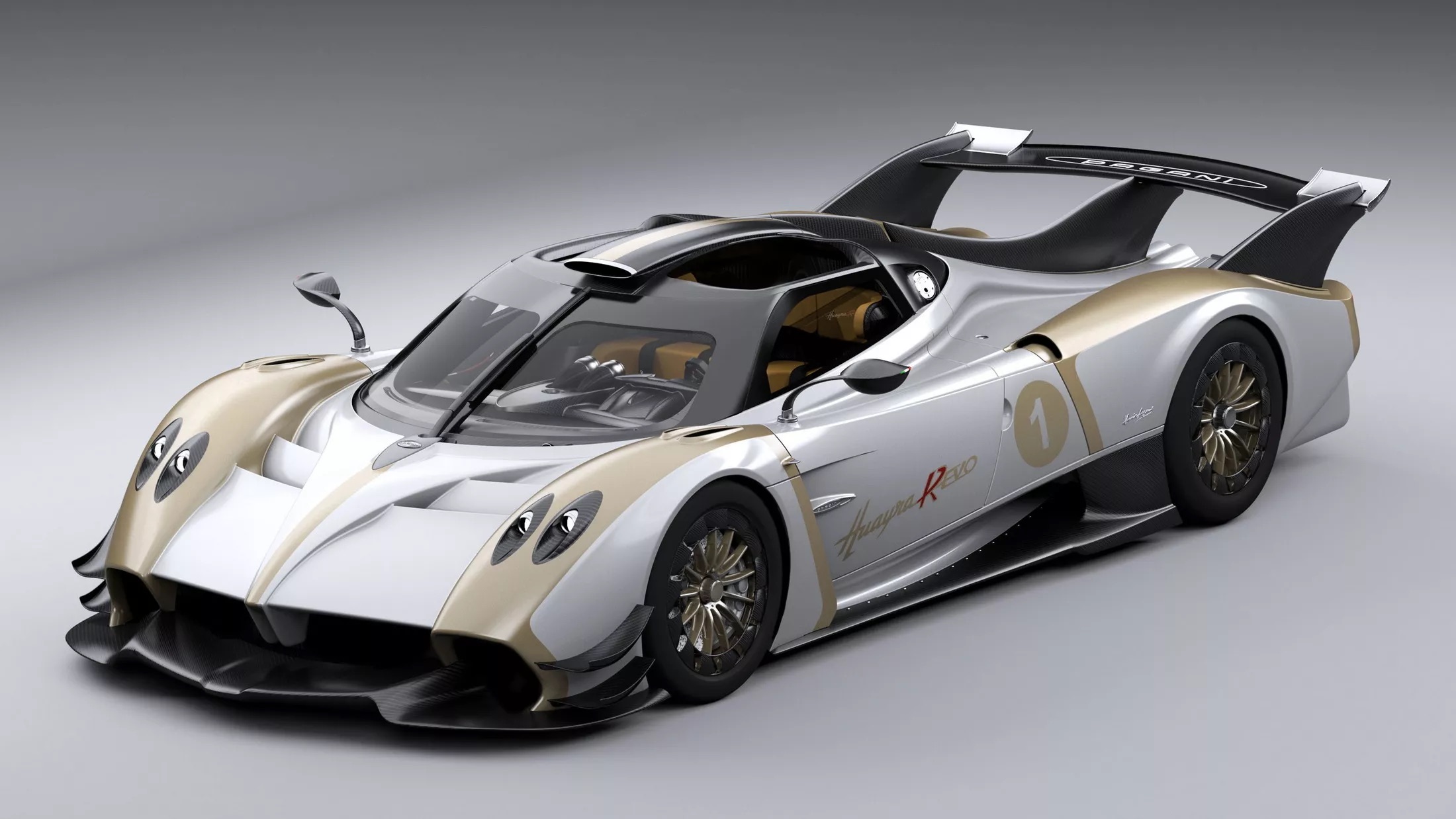Another National Car? I would have thought that the term is no longer of significance today and that the more important thing is the branding of a product by a Malaysian company as a ‘Malaysian Car’. This would be in the same way as we refer to a Toyota as a Japanese car, a Mercedes-Benz as a German car and a Peugeot as a French car. There’s no need to emphasise ‘national’ since by now, the majority of the new car’s development can already be by Malaysians. We have built up an enormous amount of expertise in automotive engineering, unlike the early 1980s when there wasn’t even such a field in local universities to train Malaysians.
I’m referring to the ‘hot news’ of the day which is the announcement by MITI of a ‘New National Car’ (NNC) to be launched within 2 years. A company known as DreamEDGE (which most Malaysians would not have heard of before) has been appointed as the ‘anchor company’ for the project. That many outside the auto industry may not have heard of DreamEDGE could be because much of the work it does would have been confidential, for clients in the industry. It is a 12-year old company and has manufacturing and prototyping expertise with facilities in Cyberjaya, Bukit Jalil, Taiping as well as Japan.
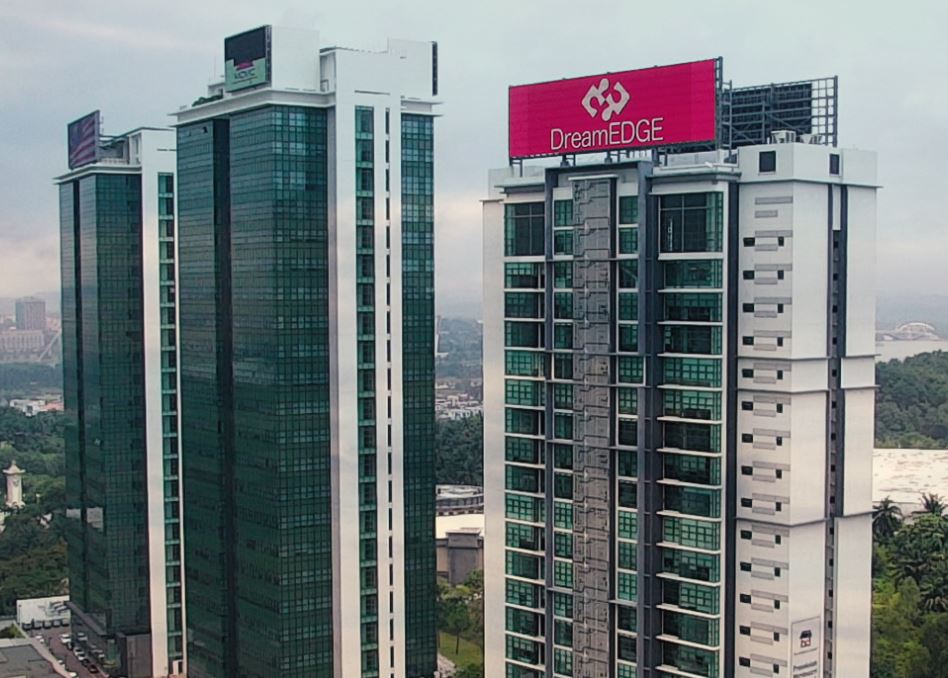
Daihatsu Motor involved
Curiously, like Proton and Perodua, the development of this NNC will have assistance from Daihatsu Motor (although it is not clear if it will be a shareholder). The Japanese carmaker already has a long and strong partnership with Perodua and has provided guidance over the years to bring the Malaysian carmaker to a very high level of competence and capability. Its expertise in compact cars has been shared with Perodua which today has the ability to do a lot of development work on new models itself.
That Daihatsu is in the picture poses the question of what the role of DreamEDGE will really be. After all, didn’t a former CEO of Proton 19 years ago declare that the carmaker – and therefore the country – had the capability to develop, design, engineer and build a car from scratch? The dependence on foreign carmakers was deemed unnecessary and Proton had even sent home all the engineers from Mitsubishi Motors, its partner.
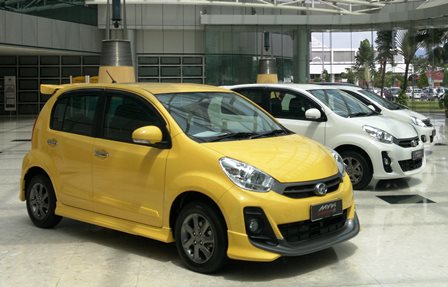
Perodua labelled a ‘cloner’
That Proton could ‘do it all’ by itself suggested that Perodua, which chose a course of close collaboration with Daihatsu, was a ‘cloner’, not doing much to advance the Malaysian auto industry. Malaysians were told that Perodua was merely being given models to copy rather than actually learning anything for themselves. So it wasn’t a ‘Malaysian car company’.
But don’t get me wrong – I really am not criticizing the matter of having a foreign partner in the project. That’s how it’s done in the industry today and all the global players have collaborated with each other to develop new models at various times. The costs involved are massive and to develop a good product, joint efforts make better sense; there’s no loss of face doing it this way.
Proton’s tie-up with Geely, after having squandered the opportunity to be part of the Volkswagen Group 12 years ago, shows how having a partner – and a strong one at that – is far better than trying to go it alone just to prove a point about independence. With support and guidance from a group which has a premium brand like Volvo, Proton is now gaining the expertise that it could have acquired much earlier than Perodua and it is on the ascent.
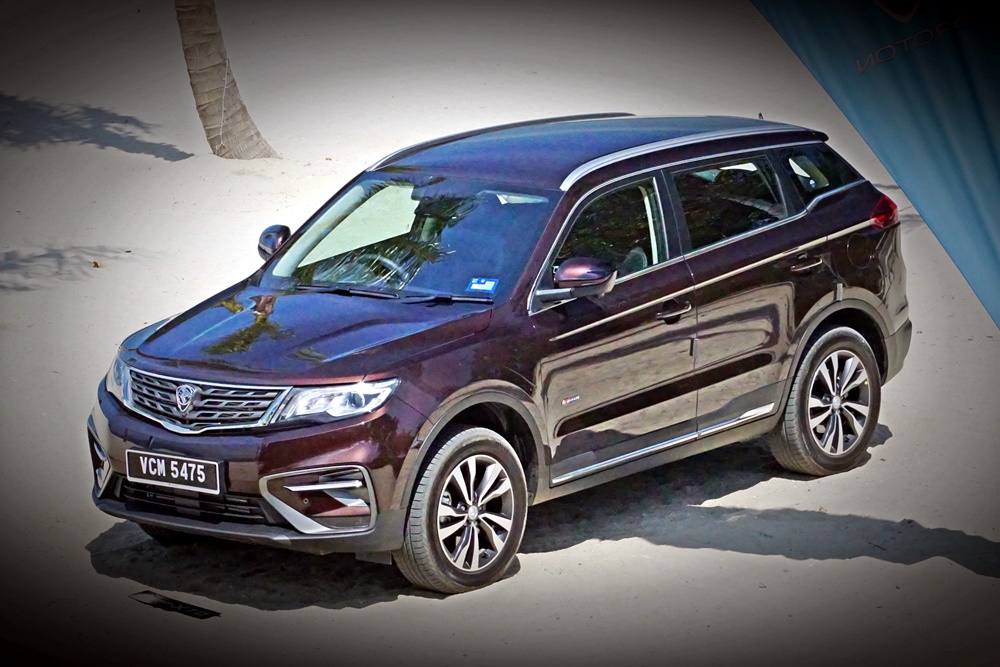
‘National’ – a good and bad term
Using ‘National’ for this project serves is not going to necessarily to win support from the public, as the first Malaysian National Car did in 1985. It may draw criticism (but so did the original National Car project) although there is assurance that this time round, funding will not come from the government… perhaps not directly.
But being a Malaysian company that will give us another National Car, DreamEDGE will certainly qualify for different types of grants and incentives from the government. These can run to millions and of course, that could mean money drawn from other more important development projects around the country. From what I understand, Malaysia is still having billions of debt to settle so isn’t supporting a project like a NNC an extravagance?
Over the years, it has often been said that the government should not be involved in business. It should be developing a healthy environment for businesses to grow and manage regulations for orderly development. But it got into the car-making business with Proton and as the ‘brand owner’ for decades, it naturally used all its power to ensure that its own business would not fail. That’s not necessarily a healthy way to do business as it doesn’t toughen up the company. It is often said that a company which has gone through hard times will emerge stronger. But for Proton, with the government as owner and backer, tough times were softened with injection of money and sometimes policies affecting the rest of the industry.
‘National’ can also be a double-edged sword, as it was for Proton. It suggests that this business has the backing of the government and how many companies can compete against the government? It suggests a protected business and that again can be good and bad where foreign investors are concerned. Speaking to top executives in global car companies over the years, I have often been told that the reason why they don’t invest more in Malaysia is not just that the market is not particularly big but also because it has a ‘national’ car business so the playing field is not level. They would rather invest in Thailand or Indonesia where there is no ‘national’ interest for the government to give an advantage to.
So calling this new project ‘National’ will create the same situation again. If things get too challenging and funding is inadequate, the rationale for the government offering financial assistance will be that it is a ‘national project’, one which is in the country’s interests.
Of course, I could also be wrong and the business model with Daihatsu participating could well be a good one, with an outcome like what Perodua has had. In fact, from one of the slides shown during the announcement, it appears that the activities planned are identical to those which Daihatsu used for the development of Perodua. Things like Upper Body Design, for example, were taught to Malaysians in Japan and since the development of the first Myvi 15 years back, their expertise in this area has grown to the point where Daihatsu has now recruited a small group to participate in its global projects.
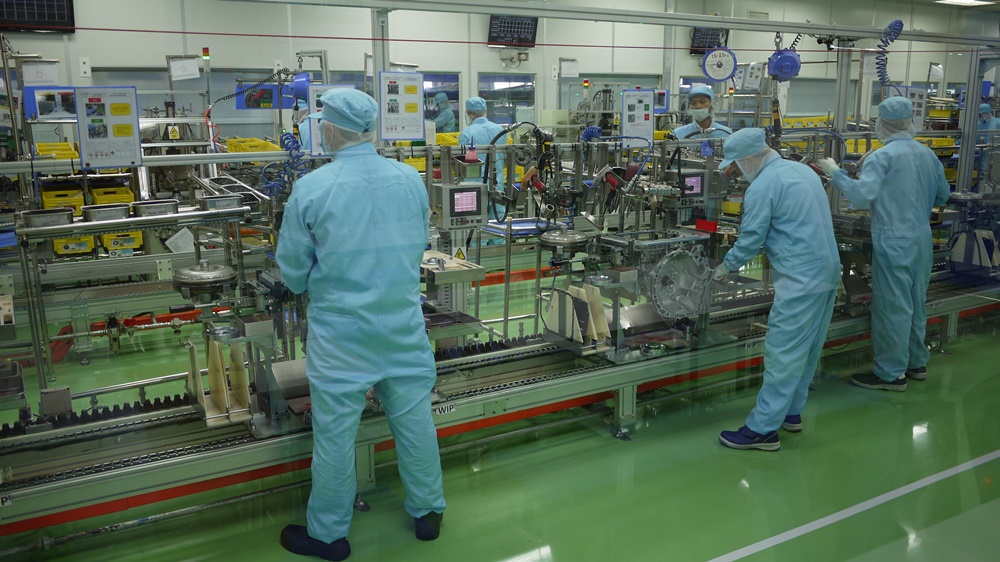
Objectives of original National Car project achieved
There are many who criticize Tun. Dr. Mahathir Mohamad for wanting to have a national car again. Infuriated by what he perceives as the foreign ‘takeover’ of the Malaysian car company he created and never accepting Perodua as a truly Malaysian carmaker, he wants to try again. I can understand that but he already has the legacy of being the ‘Father of the Malaysian Car’ and no one will ever erase that.
Furthermore, his objective of having a National Car project in the 1980s as a catalyst towards industrialization was also achieved. Perhaps we have not grown to become economic powerhouses like Japan and Germany which were largely helped by their auto industries after World War II but the Malaysian auto industry has made plenty of progress since 1985. The situation which Proton went through should not be the measure of success or failure of the original project as it was just one element.
The other thing which I noticed about this NNC project is that the scope is broad and covers the areas which are vital to be in today (and tomorrow). Clearly, the models to come will be ‘electrified’ (hybrid powertrains with electric motors as well as all-electric models) but I think the fuel cell vehicles (FCVs) mentioned are a bit too ambitious! Apart from the fact that only a handful of companies have achieved limited commercialization of FCVs, there is the big question of hydrogen refueling stations. As it is, getting a sufficiently extensive recharging network for plug-in hybrids and the coming electric car models is still challenging.
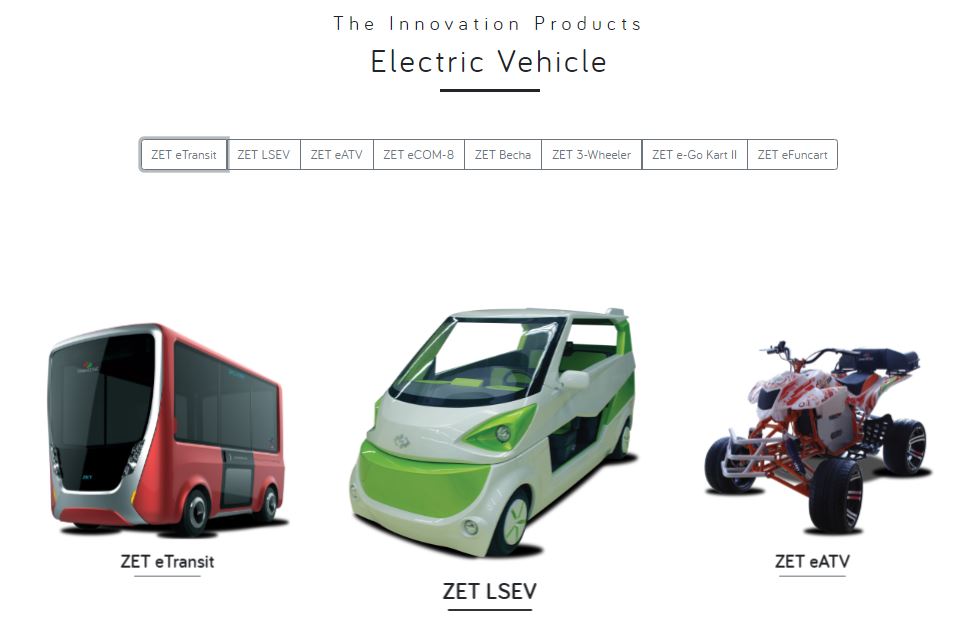
Time-frame and strictness needed
I’m prepared to keep an open mind on this NNC project except that, like many, I just hope it is run as a proper business and not become another ‘Ministry of Car Making’. If the government is involved, its role should be one that is at arm’s length and there won’t be the ‘close one eye’ mentality.
I also think that DreamEDGE should be given a strict time-frame to deliver. All along, one of the things which I felt Proton lacked was the pressure of a deadline to get in shape for true competition. Unlike Perodua which knew AFTA (the ASEAN Free Trade Area allowing duty-free exchange goods) was coming when it was established, Proton seemed to carry on like the Malaysian market would remain protected for it so being ready was not a priority.

Not surprisingly, details of the NNC are few although we’ve been told that we will see a mock-up by the end of August (Merdeka Day, I bet). The first prototype is expected in March 2020 and the production model will be in showrooms in March 2021. That is a very, very short time-frame by industry standards. So it is almost certain that the first model will be an adaptation of an existing one from Daihatsu (or even the Toyota Motor Group which Daihatsu is part of). That is the only way I can see a new car being developed so fast and it saves a lot of money too.
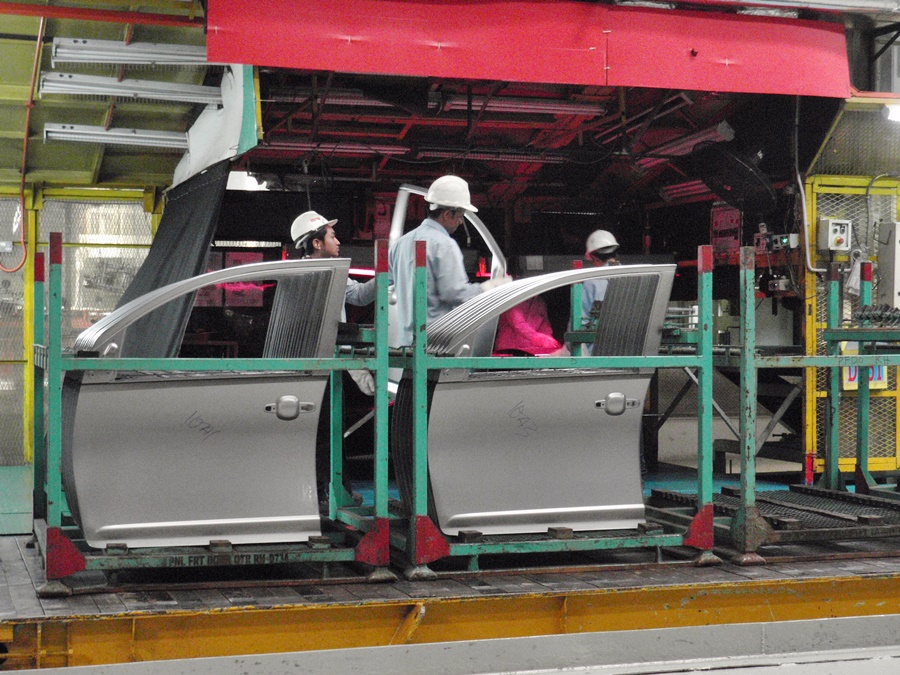
What happens to Perodua?
And what happens to Perodua in future? It has essentially ‘graduated’ after a long period of training by Daihatsu. Its production level has reached the sort of volume where it is truly a mass producer and to sustain its business, it will have to be much more serious about exports. Daihatsu will probably assist in this and in the longer term, Perodua could be Malaysia’s brand for the world markets. The NNC could spend a couple of decades as a domestic brand while Proton could be a regional brand, as Geely seems to have planned.
There’s also the matter of building the cars and then selling them. It is not as easy as it seems, as those in the industry will tell you. Nothing has been said about this part and it may be a good idea to draw on the experience of either Perodua or Proton. Daihatsu, being involved, may recommend Perodua of course and Geely might not be comfortable with Proton having an association with a competitor. But then again, the people who have been promoting the NNC are likely to also have their own associates who are eager to get into the business.
One thing for sure is that the automotive landscape has changed a lot since the 1980s. Competition in the industry has intensified so much that even the bigger players had to consolidate, starting with the mega-merger of Daimler and Chrysler. Today, it’s all about groups of companies sharing resources and looking at the auto industry as a wider business than just making and selling cars.
Note: The views and comments of the author are strictly his own and not necessarily shared by PISTON.MY. Readers are encouraged to post their own views and start a healthy discussion on this topic.
Related article: First New National Car Model To Be Launched In March 2021


